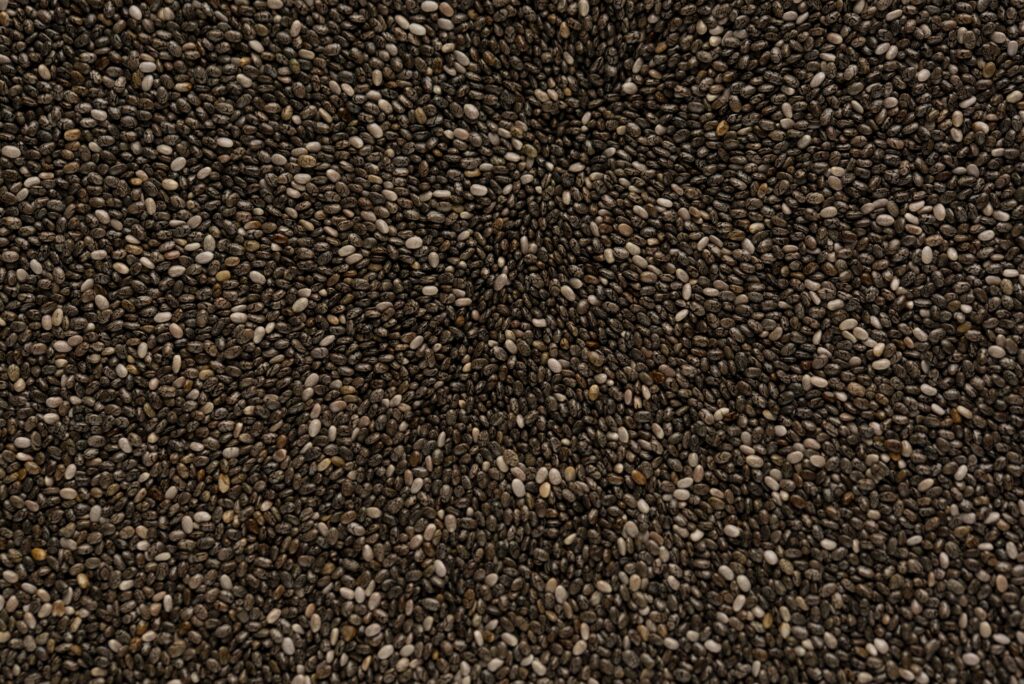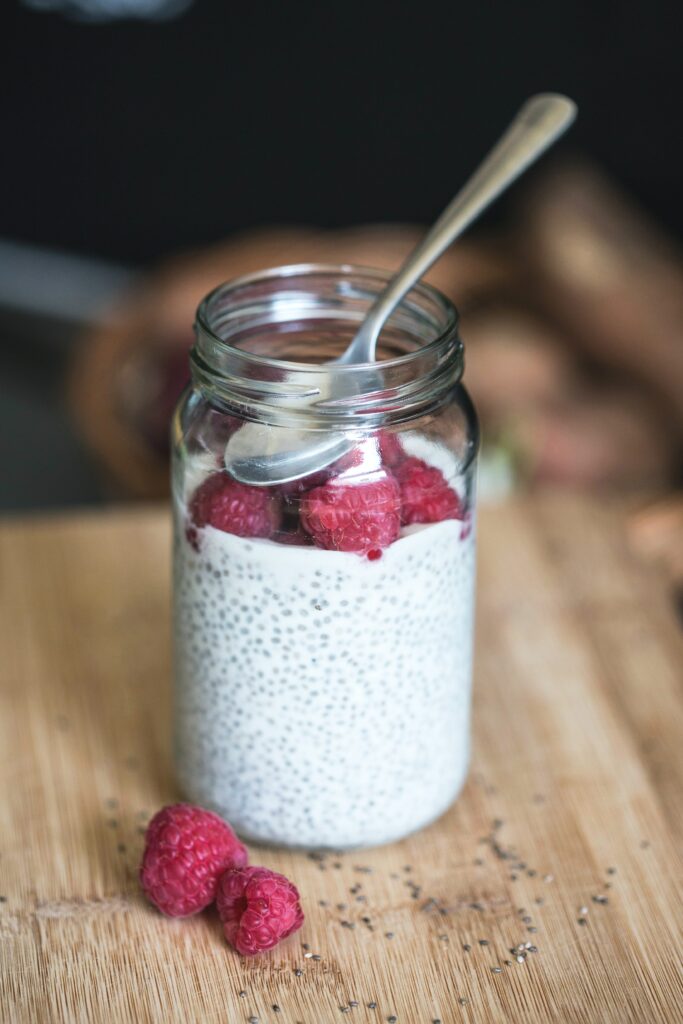For those who keep up on healthy eating trends, you may have noticed that chia seeds are currently experiencing quite the popularity increase; and for good reasons. But first let’s get this out of the way early. Yes, chia seeds are from the same chia as the house hold plant or pet. The chia plant, or Salvia Hispanica, is a member of the mint family, or taxonomically known as Lamiaceae. Chia plants are a good desert plant native to the southwest United Sates and Mexico. Chia plants do not need much water and often grow in regions recently burned by fire. Historically, the chia plant, and its black and white seeds, are closely tied to the Aztec and Mayan Indians, however there are many other tribes known throughout California and Mexico who have used chia seeds. Historically chia seeds were sometimes used during religious rituals, touted for its healing ability, used topically for skin conditions, used to relieve pain, and then ingested for energy. In fact, chia is the Mayan word for strength. Chia was a staple in these cultures, like corn or beans, and was even ground down into flower and used to make breads, tortillas, and other similar foods.

Benefits of Chia seeds
Chia seeds have been given the status of “super food” by many nutritionists, due to its nutrient dense make up. A serving of chia seeds, 1 oz. or about 2 table spoons, provides about 140 calories with 4 grams of protein, no cholesterol, good source of fiber with 11 grams of fiber, antioxidants, good source of minerals with 179 mg of Calcium, and much more. Chia seeds are low glycemic, contain all nine of the essential amino acids, are one of the best omega 3 oil to omega 6 oil ratios of all plants and seeds, and high in the essential fat ALA.
However, plant and seed sources of ALA is not a substitute for animal sourced omega 3’s, like in fish oil, because the body can some times have a difficulty converting the plant source ALA to EPA and DHA. According to the Linus Pauling Institute, 8 to 21 percent of ALA is converted to EPA and 0 to 9 percent is converted to DHA; with women converting more than men. An interesting fact is that ounce for ounce chia seeds have more omega 3 oil than salmon. The omega 3 oil ALA is also found in walnuts and flax. Compared to flax seed, Chia seeds are said to be a better choice, in that chia seeds store better, where flax can become rancid, and chia seeds do not have to be ground like flax.
Using chia seeds
Chia seeds have been used as feed for chickens and cows to increase omega 3 oil content in their eggs and milk. For human consumption I recommend adding chia seeds to oatmeal, yogurt, or in a smoothie. One of the coolest properties of chia seeds is their ability to hold up to 10 times their weight in water. This can be utilized by adding chia seeds to a refreshing beverage to give it some texture. Simply add chia seeds, about one table spoon per cup, to a glass of water, pomegranate juice, or other juice and let it stand for 10-30 minutes. This will create a fun blend of taste and gel like texture. Some experts state that chia seeds also expand and gel in your digestive system which can give you the feeling of being full and helpful to curb your apatite.

Side effects to eating chia seeds
Omega 3 oils are known to lower blood pressure in some individuals. Therefore, people who have low blood pressure or are taking medication to lower blood pressure should consult with their doctor prior to adding chia seeds to your diet. Additionally some people may be allergic to chia seeds and can have a reaction to them. Finally, due to the high fiber content, some people may experience bloating and gas, which may also aggravate people with IBS, SIBO, or Crohn’s and therefore should be added to the diet slowly.
